Science Note: One fathom equals six feet so that puts this Beast coming from about twenty-three miles down, but the deepest the ocean gets is about seven miles.
The Beast from 20,000 Fathoms itself was inspired by the success of 1931’s King Kong and it was producers Jack Dietz and Hal E. Chester who approached stop-motion artist Ray Harryhausen to provide the titular creature as Harryhausen had previously worked with his mentor Willis O’Brien, the man who had created the effects for the original Kong, on the excellent giant ape movie Mighty Joe Young. The movie was based on the original short story by Ray Bradbury (originally titled "The Beast from 20,000 Fathoms" it was later changed to “The Fog Horn”) which told the tale of a sea monster mistaking the sound of a fog horn for another of its species.
The original artwork from “The Fog Horn” published in the Saturday Evening Post.
The movie opens with military doing atomic testing up in the Arctic, making The Beast from 20,000 Fathoms the first of many atomic fueled monster movies, as the narrator counts down to the detonation of an atomic bomb for something called “Operation: Experiment” (I’m assuming that the man in charge of coming up with decent code names was on vacation) we are introduced to our hero physicist Professor Thomas Nesbitt (Paul Hubschmid) who ponders such thoughts as, "What the cumulative effects of all these atomic explosions and tests will be, only time will tell.” I doubt a giant rampaging dinosaur was an effect he or any other scientist had foreseen but that is exactly what they got. The power of the atom was a very new topic, something the general public knew almost nothing about, so movies were able to capitalize on this by having atomic radiation do about anything the script required. There is a particular hilarious moment when Col. Jack Evans (Kenneth Tobey) tells Nesbit and fellow scientist George Ritchie (Ross Elliot), who are about to venture out to where the bomb was detonated to take readings, “The moment your Geiger counter indicates heavy radiation, turn back.”“I’m sure our parkas will keep us safe.”
Of course it’s not radiation poisoning that is the real danger out there as the blast melted tons of ice and awoken a dinosaur from its icy slumber. Nesbit and Richie separate to go and take their readings, which unfortunately for Ritchie leads him to the first encounter with the newly awoken dinosaur. Now I’m not at my best in the morning so I can’t imagine how I’d function if I’d been asleep for over 100 million years only to be jerked awake by an atomic bomb, thus when the dinosaur accidentally kills Richie by causing an avalanche I don’t blame the Beast at all.He was probably just looking for some coffee.
Nesbit himself barely survives the encounter, staggeringly half blind out of a blizzard with the raving tale of a dinosaur killing his friend, and things don’t get much better for him as he’s subjected to ridicule and psychiatric assessments that inform him that the trauma of losing his pal caused him to hallucinate the creature. Later when he reads in the paper of a ship going down, and the sole survivor claiming it was caused by a giant sea monster, he rushes to the local museum to question paleontological expert Professor Thurgood Elson (Cecil Kellaway) and to get his advice. Elson isn’t too sympathetic stating, “If all the items of seamen reporting monsters were placed end on end they’d reach to the moon," but when a second ship is sunk, with another survivor making similar claims, Elson’s assistant Lee Hunter (Paula Raymond) visits Nesbit at his office to encourage him to investigate further. The nice thing here is that Lee is clearly more interested in being with Nesbit on a more romantic aspect than she is for pursuing the whole extinct monster thing. The things a girl will do to get her man. When they track down one of the witnesses to the monster attacks, and his description of the beast matches that of Nesbit’s, they are finally able to convince Professor Elson that they are onto something.Note: The dinosaur that Nesbit and the seamen pick out is of the fictional Rhedosaurus, and that a world renowned paleontologist would take the testimony of just two witnesses as proof of a living dinosaur is bigger stretch than the actual existence of said creature.
Colonel Evans, along with the head of the Coast Guard, are able to plot the sightings of the Beast's appearances on a map which leads Professor Elson to propose that the Beast is returning to the Hudson River area where fossils of Rhedosaurus were first found. The evidence of the creature is basically the world of Nesbit, two seaman survivors, one of which had since fled the ridicule his claims garnished and is hiding up north, some coastal debris and one wrecked lighthouse, but I guess in the 1950s paleontologists had a lot of pull because soon enough Elson has a ship equipped with a diving bell and they begin to search.
Sadly Elson and another poor seamen find the Beast and are quickly swallowed.
At an hour and twenty minutes The Beast from 20,000 Fathoms does not mess around, the last twenty minutes giving us some of the best “monster on the rampage” stuff ever put to film, but what makes this film standout from many of its imitators is that the Beast feels like an actual animal and not some evil monster hell-bent on destroying cities. When he eventually comes ashore and enters New York City we are clearly seeing an animal that has no idea what happened to the world he last saw, and his first victim is a police officer that opened fire on him. A police officer who was either the bravest or dumbest man alive. I vote for the dumbest as tries shooting at that thing with a .38 revolver.That cop wasn’t even bite sized.
Another interesting thing about the Rhedosaurus is that unlike Godzilla he is not invulnerable to small weapons fire, when a group of police officers armed with shotguns open fires on the Beast it roars in pain and escapes by crashing through an adjacent building. The writers then came up with the brilliant idea that prevents the authorities from just bringing in big artillery to blow the Beast away, turns out the Rhedosaurus is carrying a "horrible, virulent" prehistoric contagion, and that contact with the creature's blood can be fatal, and that shelling the Beast would just spread the disease faster. That is damn clever but then we do get a silly moment when Col. Evan states they should have used flamethrowers and Nesbit admonishes him saying, “Flamethrowers? The smoke would have carried the blood particles just as far.” I’m no scientist but I’m not aware of any bacteria that can survive being burnt and turned into smoke. But that isn’t even the silliest moment for during the action packed climax, after being chased off by shotguns the Rhedosaurus somehow managed to elude the authorities for a good portion of the night.“Someone call 911, a dinosaur just knocked over my trashcans.”
That a giant monster can somehow “vanish” amongst the buildings of New York City is pretty ridiculous, even a trench coat and a hat wouldn’t help such a creature stay under the radar for long, but what’s truly sad is that this has almost become a trope as its turn up again and again in other movies such as the 1976 remake of King Kong and the 1998 remake of Godzilla.Eventually our heroes track the Beast to Coney Island for the film’s brilliant finale, Nesbit having figured out that shooting a radioactive isotope into one of the Beast’s open wounds should completely destroy all the diseased tissue, and in a nice change of pace the film’s hero does not get to strike the death blow as the filmmakers of this movie clearly understand if you need to shoot something maybe don’t hand the gun to a physicist. This doesn’t prevent Nesbit from going along for the ride but the actually shooting is done by army sniper Corporal Stone, played by a young Lee Van Cleef, and just how cool is he? Well when asked, “Ever use a grenade rifle?” he responds, “Pick my teeth with it.” And when Nesbit asks him, “You know what a radioactive isotope is?” he answers “No, but if it can be loaded, I can fire it.” Lee Van Cleef is simply badass.
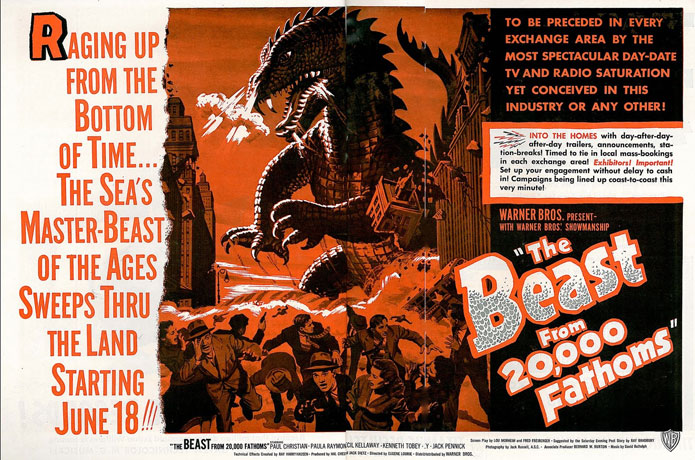
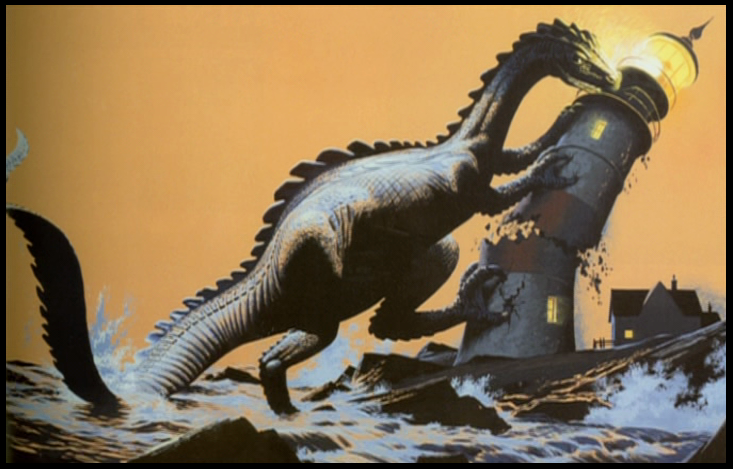
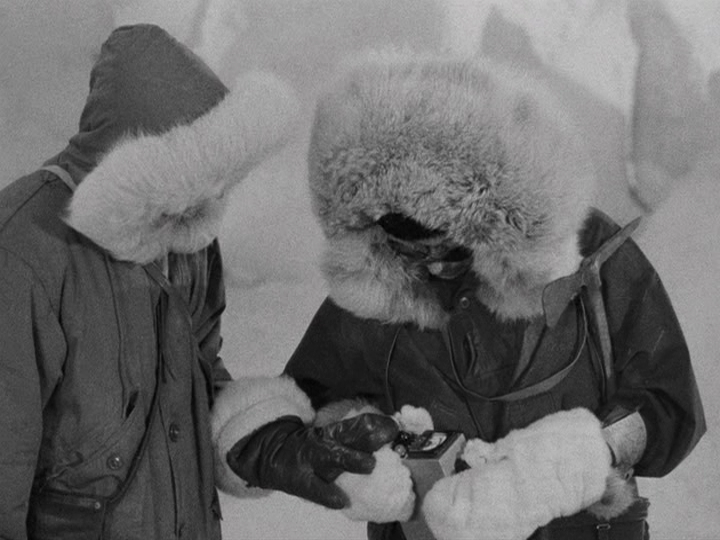
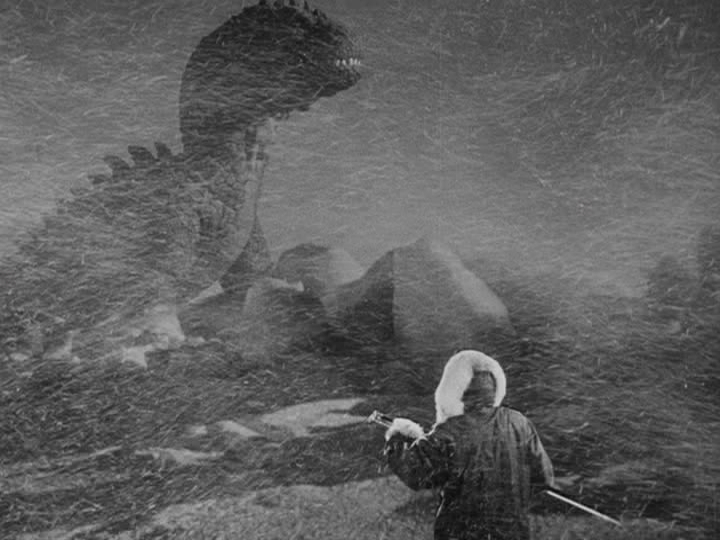
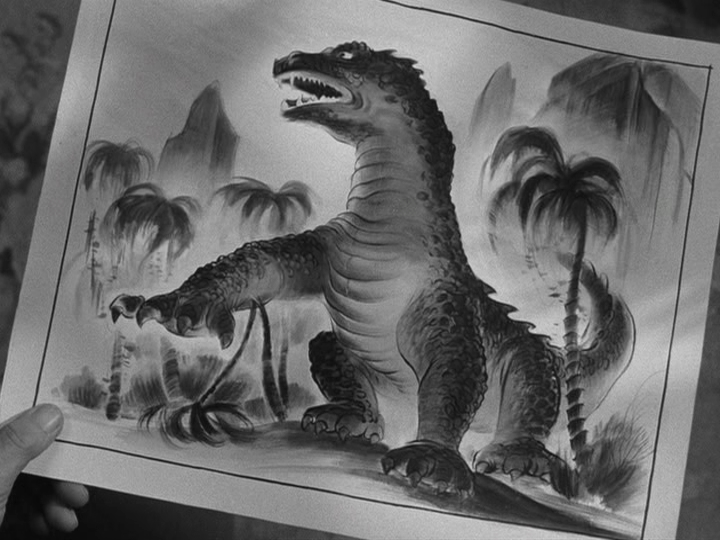
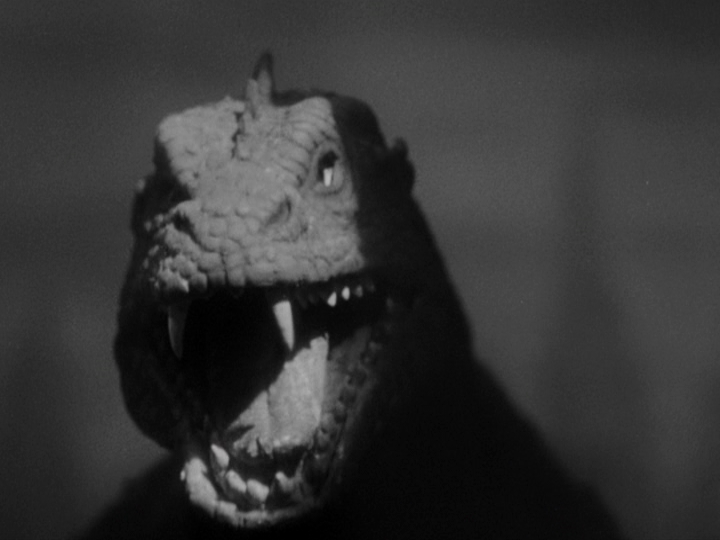

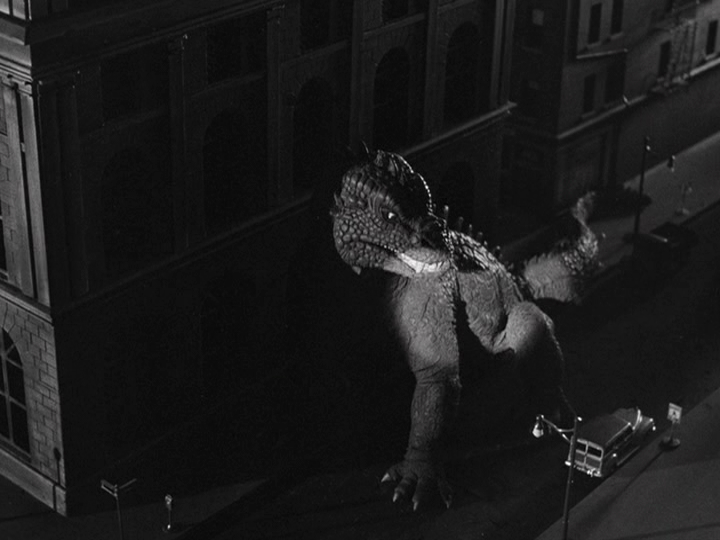
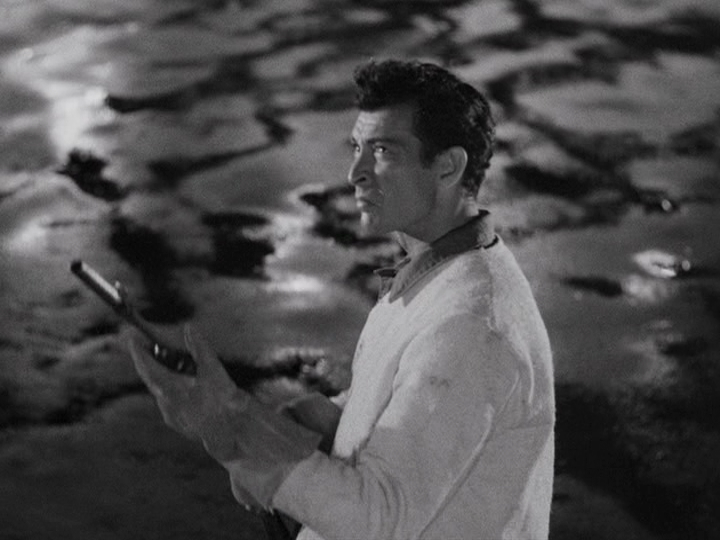
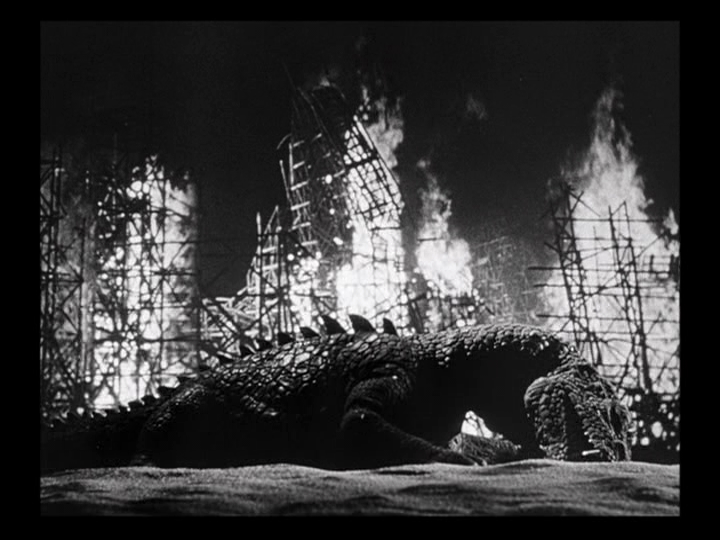
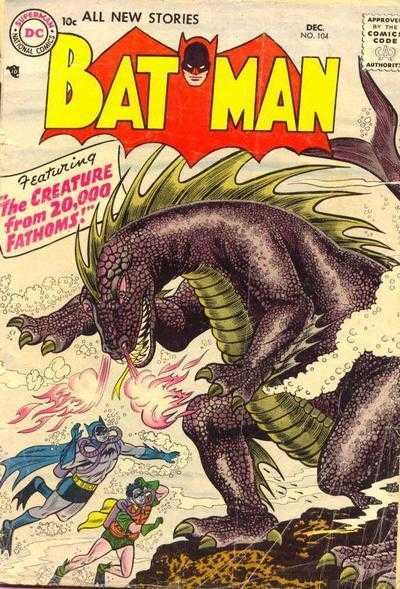

No comments:
Post a Comment